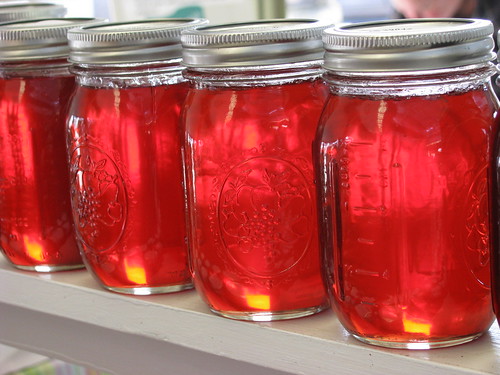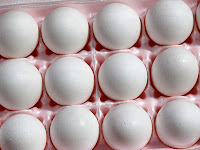
 by NatalieMaynor This week, the Portland Press Herald’s Natural Foodie provided us with a timely reminder of the local proliferation of farmers markets in our state. If you live in Midcoast Maine, you already know that the area excels when it comes to indoor markets. It’s where you’ll find Brunswick’s Fort Andross, for example, with its 56 vendors selling their wares. According to the article, the inspiring 1,000 shoppers it attracts on Saturdays has served as a model for others as winter markets respond to public demand for year-round local, fresh foods.Winter Farmers Markets Go Beyond Veggies
by NatalieMaynor This week, the Portland Press Herald’s Natural Foodie provided us with a timely reminder of the local proliferation of farmers markets in our state. If you live in Midcoast Maine, you already know that the area excels when it comes to indoor markets. It’s where you’ll find Brunswick’s Fort Andross, for example, with its 56 vendors selling their wares. According to the article, the inspiring 1,000 shoppers it attracts on Saturdays has served as a model for others as winter markets respond to public demand for year-round local, fresh foods.Winter Farmers Markets Go Beyond Veggies
It’s not a surprise that Maine has experienced an indoor market boon. The Department of Agricultural Resources says there’s been a 400% increase in the number of winter markets since 2009. It’s becoming a weekly must for shoppers wanting to load up on vegetables to maintain nutrition throughout the winter months, and a way to find inexpensive, delicious fresh food that helps provide income to sustain local farmers. What more could you want in a shopping experience?
Actually, there IS more to farmers markets during the winter season. We did a little digging of our own and found local markets offer much more than squash and potatoes (although they have those too!).
5 (Other) Reasons to Visit Winter Markets
- Holiday supplies. Local markets are a surefire way to get in the spirit of the season. They almost always have vendors offering holiday wreaths, poinsettias and holly during December.
- Party fare. Local cheesemakers can help you make a party plate for a gathering that will blow your guests away. We love Hahn’s End, available at the Bath Winter Farmer’s Market. They offer artisan cheese made with raw cow’s milk aged in their aging cellar in Phippsburg. Pick up flowers and some local wine, and you’re done.
- Honey. Sweet gold from the bee is so popular that there’s a new business in Portland dedicated to it. You’ll often find honey at farmers markets in the winter. Try Tom’s Honey & More at the Portland Winter Market.
- Gifting. Winter farmers markets are gift central during the holiday. Crafts and homemade foods are thoughtful for local friends and family, and they are especially unique to those who live away. Markets bulk up on ideas for gift baskets in December, such as teas, canned jams, relishes and salsa, and other non-food items. Find hand-braided sweaters from Braid a Rug at York’s Winter Gateway Farmers Market, along with handmade jewelry from Catrina Marshall Creations, and soaps and lotions from Maine Herb Farm.

- Organic meats. If you are looking for a reason to head to a market on a cold Saturday morning, an array of organic and farm-raised meats, poultry and duck is one. Try all-natural angus beef, beef jerky, and mother-fed, free-range rose veal from Eastern River Cattle Company, all raised on a 118-acre farm in Dresden. Track them down at the Brunswick Winter Market, where you’ll also find holiday turkeys, chicken sausage and turkey pie from Maine-ly Poultry. If you’re looking for poultry that’s less evolved, you’ll find farm fresh eggs at most winter markets – nothing beats them.
Read more about how indoor markets keep local food handy all year and get a list of markets in southern Maine.
Not in Maine? Find a winter market in your area at Local Harvest.



